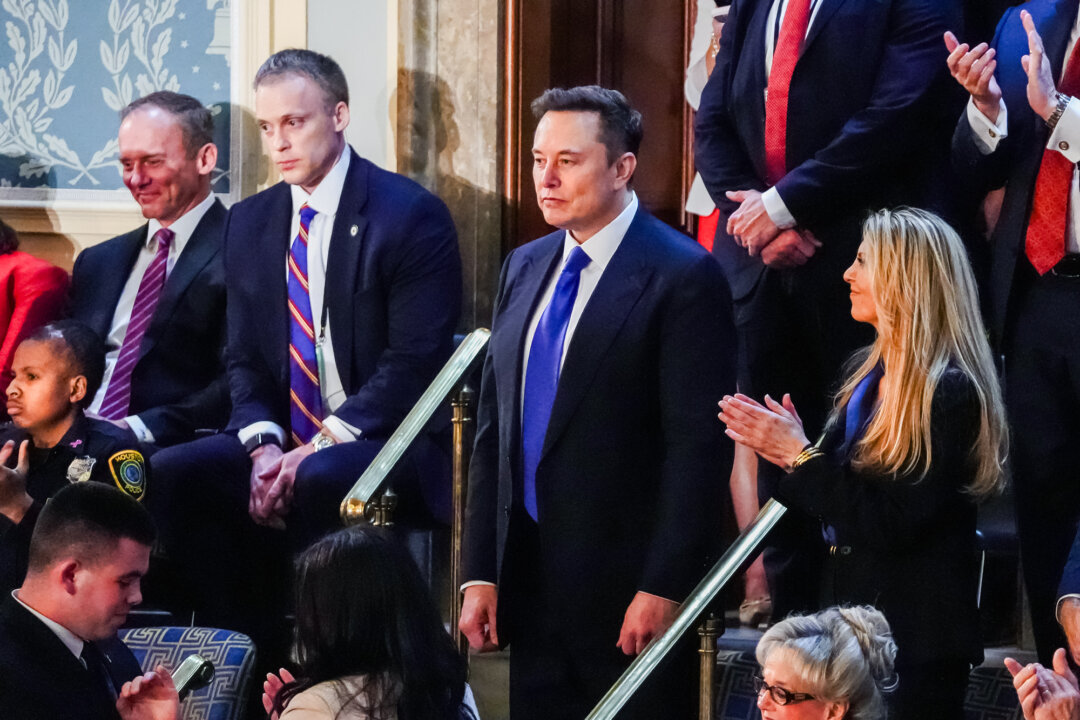The second Trump administration has broken new ground in many areas. One big area is its Department of Government Efficiency, better known as DOGE. Although DOGE cannot make cuts directly, it has led an effort across agencies to trim spending.
Its stated focus has been to reduce waste, fraud, and abuse, as well as to modernize government technology. Republicans have celebrated the time-limited initiative, which sunsets on July 4, 2026. So have some observers in Washington.

Democrats in Congress have questioned the scope of DOGE-inspired cuts and the organization’s access to sensitive data. DOGE has faced obstacles from the judiciary, too. Amy Gleason, who served in the U.
S. Digital Service during Trump’s first term, is the acting administrator of the U.S.
DOGE Service. The president’s Jan. 20 order instructed agency heads to create DOGE teams with at least four members, including an engineer, a team lead, and an attorney.
In early April, the same court reestablished DOGE’s access to the Office of Personnel Management, the Treasury Department, and the Department of Education, overruling a similar block. The federal workforce has shed more than 140,000 positions so far under Trump, thanks in large part to DOGE. Most are deferred resignations, which let federal employees leave their jobs voluntarily.
Health and Human Services “No additional cuts are currently planned, but the Department will continue to look for further ways to streamline its operations and agencies,” it states. Amid DOGE-inspired cuts at the department, Rich said the agency administering Medicare and Medicaid requires more staff to pinpoint fraud, beyond what the department’s inspector general would likely do by herself. “CMS [Centers for Medicare & Medicaid Services] is one of the few agencies within the federal government that actually doesn’t quite have enough administration when it comes to auditing what types of payments come out,” Rich said.
Department of Education Department of Defense DOGE reports $566 million in savings from a Defense Advanced Research Projects contract with SecuriGence for “multi-network support services.” USAID “The DOGE cuts—why aren’t we voting on those every week?” Rep. Thomas Massie (R-Ky.
) asked on April 10 after voting against a key reconciliation blueprint. “With commitments to increase defense and border security spending and the likelihood of further tax cuts, DOGE’s efforts will not counteract the extra borrowing sufficiently to actually cut red ink,” Bourne told The Epoch Times. “If we really want to make a dent in spending, even a bigger deal than ironing out Social Security is going to be figuring out CMS, because CMS does cost more money overall than Social Security,” Rich said.
Republican leaders of the Senate and House Armed Services Committees have agreed to a $150 boost to defense spending as part of reconciliation budget negotiations, pushing overall defense spending above $1 trillion. The final reconciliation budget will likely include an extension of Trump’s 2017 tax cuts, which Republicans assume will cost nothing. Senate Parliamentarian Elizabeth McDonough may soon rule on the use of a current policy baseline.
Data from DOGE and the Treasury Department suggest that the organization’s cuts have been outpaced by interest on existing federal debt. Whatever its ultimate impact, DOGE is slated to march on the 200th anniversary of the adoption of the Declaration of Independence..
Politics

How DOGE Sent Shockwaves Through DC: Trump’s First 100 Days

The Department of Government Efficiency reports $160 billion in savings amid legal challenges and other opposition.













